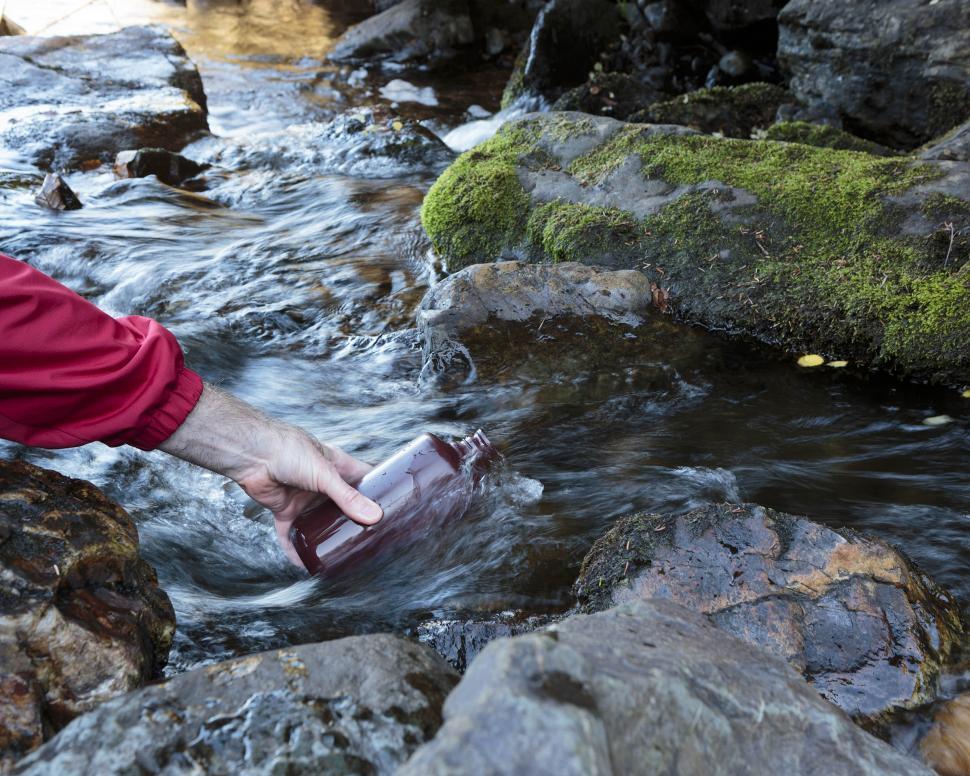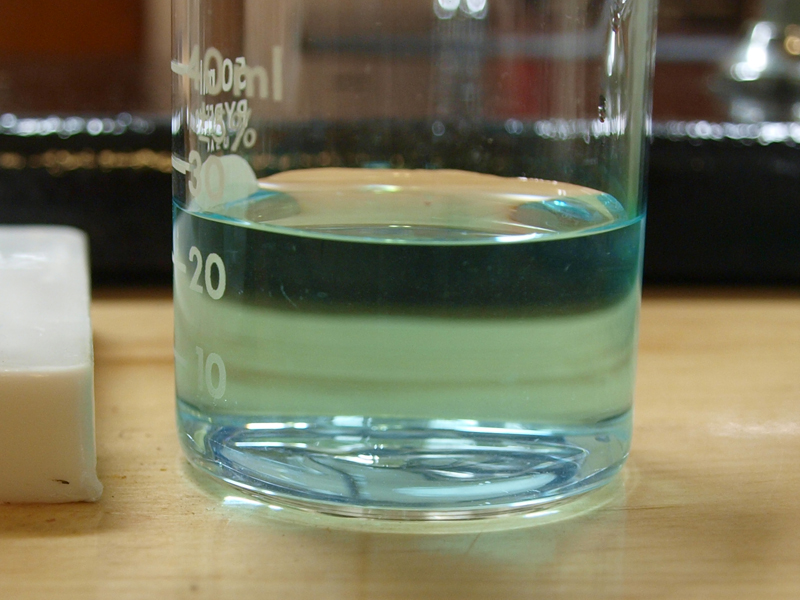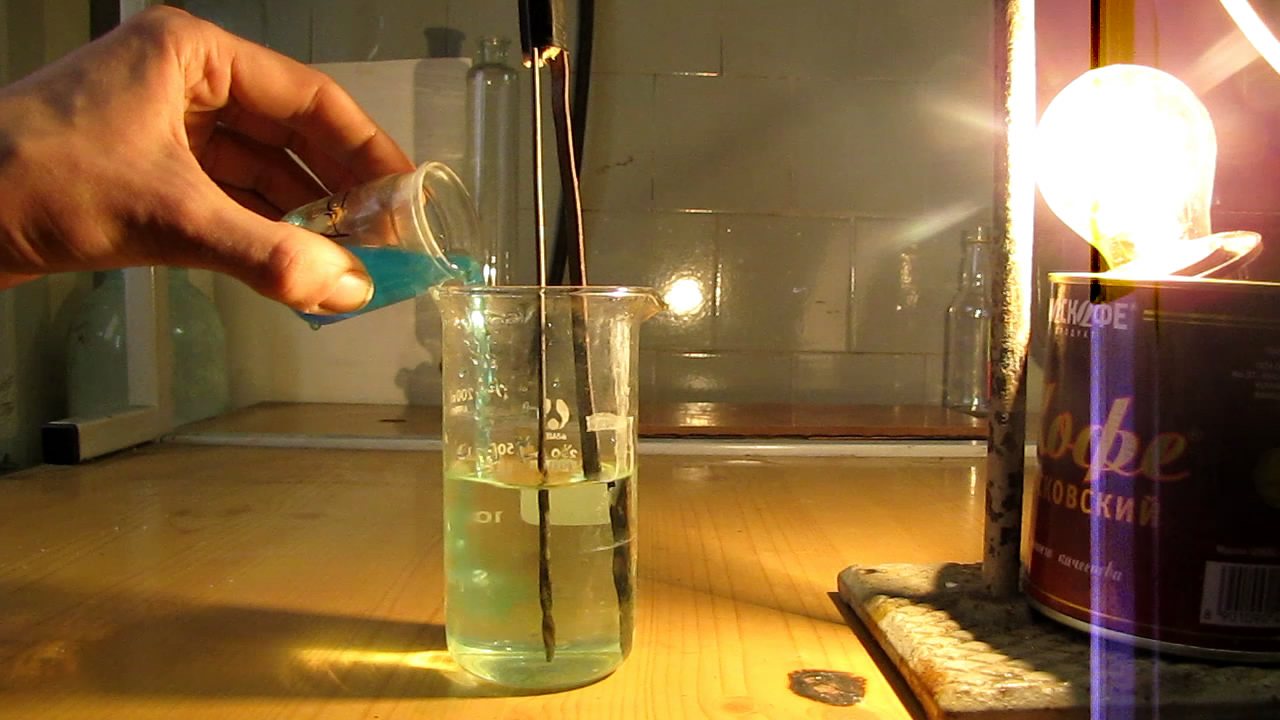Most of the phosphorus in natural water bodies comes from domestic sewage, animal husbandry wastewater, fertilizer loss from farmland, and industrial wastewater discharge. Among them, phosphorus pollution in domestic sewage accounted for 43%. Everyone knows that phosphorus is an important indicator for evaluating water quality. When the phosphorus content in water is too high, it will cause excessive growth of algae and form eutrophication. This kind of freshwater algae that grows in polluted waters produces a lot of toxins or carcinogens. For example, blue-green algae have obvious effects of promoting liver cancer. Moreover, a large amount of phosphorus in water can cause various skin inflammations. Phosphates can cause diarrhea, vomiting and even life-threatening. Therefore, the country has requirements for total phosphorus in various water sources.

Detection principle of total phosphorus in water quality
Ammonium molybdate spectrophotometry is to digest water samples with potassium persulfate under neutral conditions, and convert all the phosphorus contained in them into orthophosphate. In acidic medium, orthophosphate reacts with ammonium molybdate and potassium antimony tartrate to form phosphomolybdenum heteropolyacid, which is reduced by the reducing agent ascorbic acid to become a blue complex. Colorimetric and quantitative in the wavelength range of 700m.

Pretreatment method of water quality samples
1. Interference elimination: If the arsenic content in the water sample is greater than 2mg/L, it will cause interference, which can be eliminated by sodium thiosulfate; the sulfide content greater than 2mg/L will also cause interference. At this time, nitrogen can be introduced under acidic conditions. Elimination; hexavalent chromium greater than 50mg/L will cause interference, which can be eliminated by sodium sulfite; sulfite greater than 1mg/L will cause interference, which can be eliminated by oxidation digestion.2. Digestion of water samples: Take mixed water samples (including suspended solids) and digest them with potassium sulfate to detect the total phosphorus content in the water.
Specific steps: Take 25.0 mL of mixed water sample (phosphorus content not more than 30μg) in a 50mL colorimetric tube with stopper, add 4ml potassium persulfate solution, after plugging the tube mouth tightly with gauze, put the colorimetric tube into autoclave sterilization In the device, when the bleed valve is vented, close the bleed valve to make the pressure in the pot reach 1.1kg/m2 (the corresponding temperature is 120°C), adjust the pressure regulator to maintain the pressure for 30 minutes, and then stop heating. After the pointer returns to zero, take it out and let it cool.

Development direction of total phosphorus detection method in water quality
The determination method of total phosphorus has become mature day by day. The most common traditional spectrophotometric method is ammonium molybdate spectrophotometry. Currently, there are flow injection analysis (FIA) and plasma emission spectrometry (ICP-AES). FIA determination of total phosphorus is based on ammonium molybdate spectrophotometry, using online persulfate/ultraviolet digestion method, the resulting complex is colorimetrically quantified at a wavelength of 880m. The CP-AES method uses the high temperature generated by the argon plasma to decompose the sample to form excited atoms and ions. The light intensity of the characteristic spectral line emitted is directly proportional to the total phosphorus concentration to obtain the total phosphorus concentration.



